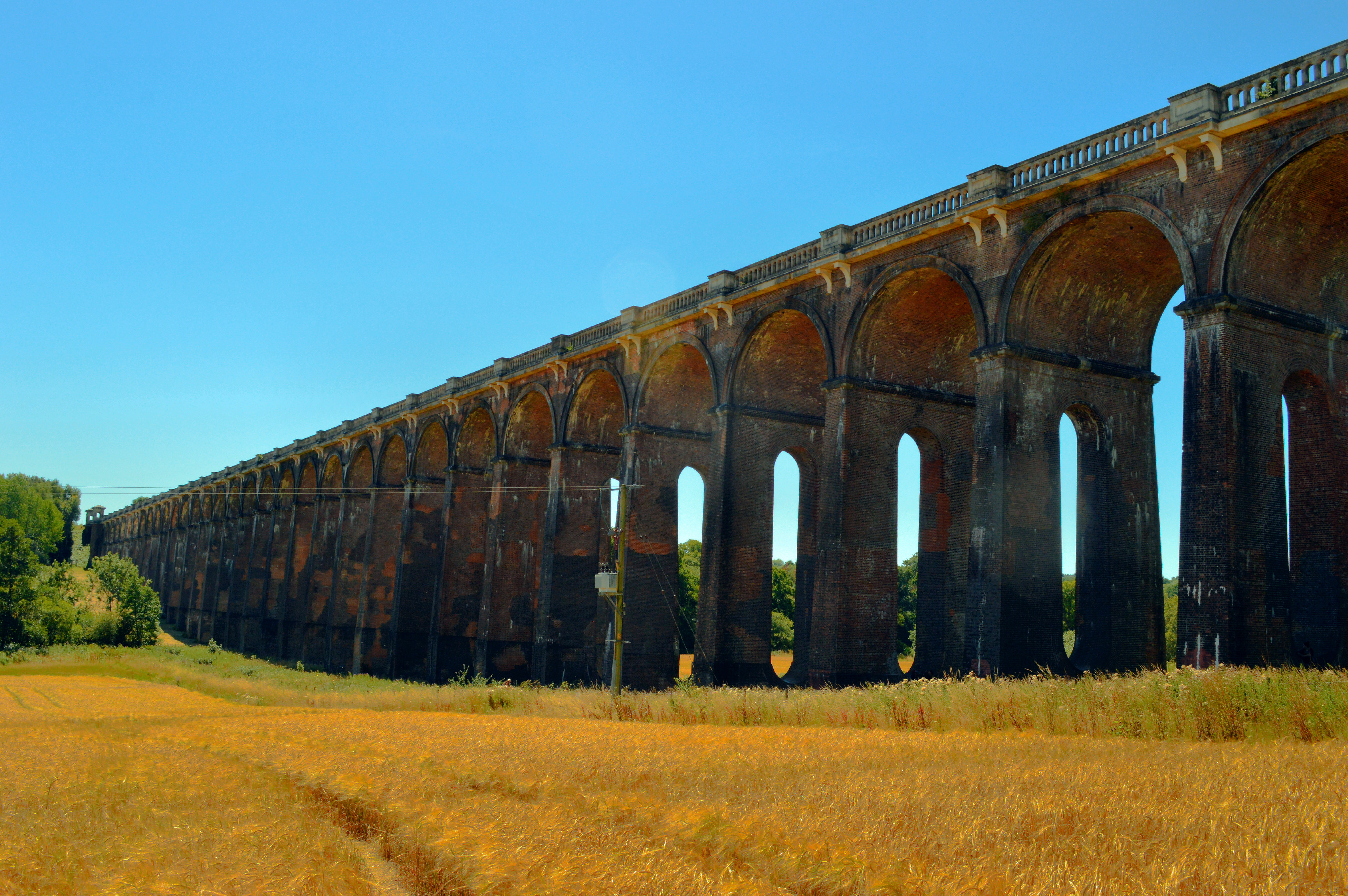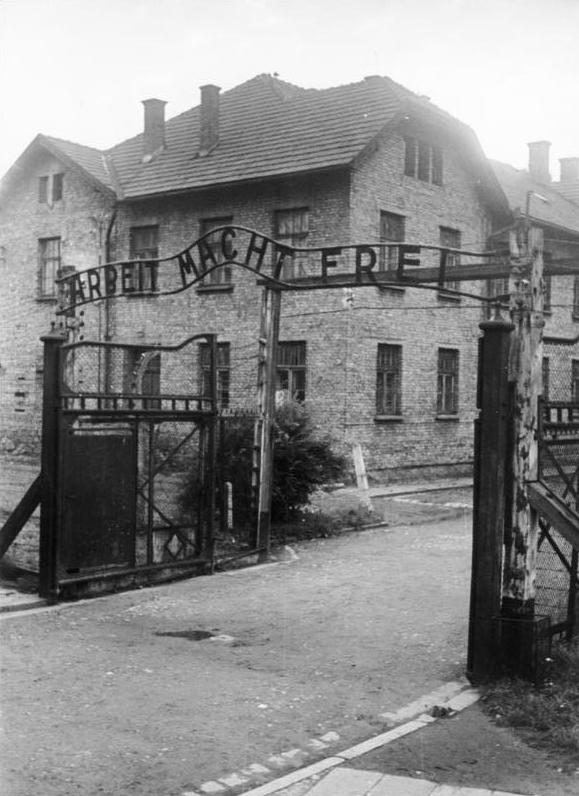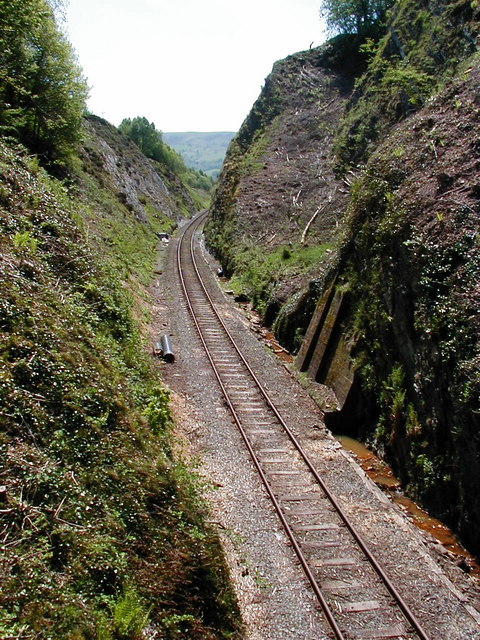|
Drøyli Tunnel
The Drøyli Tunnel is railway tunnel in the municipality of Holtålen in Trøndelag county, Norway. The tunnel goes through the ''Drøyliene'' mountain, just east of the river Gaula. The tunnel carries a single, non-electrified track of the Røros Line. It is located about half-way between the villages of Haltdalen and Renbygda. The line past Drøyliene was originally planned with several viaducts. During construction it was decided to instead build the line as a series of cuttings and six tunnels. ''Tamlaget Tunnel'' was the longest, at . This section opened on 16 January 1877. The original right-of-way through Drøyliene was plagued with rock slides and would fill with snow during winter. Proposals for replacing it with a tunnel were first made in 1924, but work did not start until 1937, in conjunction with the gauge conversion of the railway. The break-through took place in 1943 and the tunnel opened on 7 July 1945. Specifications The Drøyli Tunnel has a length of and ... [...More Info...] [...Related Items...] OR: [Wikipedia] [Google] [Baidu] |
Lerkendal, Trondheim
Lerkendal () is a borough in the city of Trondheim in Trøndelag county, Norway. The borough was established on 1 January 2005 in a municipal borough reform that reduced the number of boroughs in the city. The borough of Østbyen lies to the east, Midtbyen lies to the northwest, and Heimdal lies to the southwest. The boroughs oversee health, welfare, and education for their residents. The borough is located south of Gløshaugen and Elgeseter, west of Berg, north of Tempe and mostly east of the river Nidelva. The area is dominated by the Norwegian University of Science and Technology, SINTEF, and Lerkendal Stadion (the home stadium of Rosenborg). The area also has a railway line, Stavne–Leangen Line, running through it with one station, Lerkendal Station, that is served by the local tran service Trøndelag Commuter Rail. The borough of Lerkendal consists of the neighborhoods and villages of Bratsberg, Dragvoll, Elgeseter, Flatåsen, Gløshaugen, Lerkendal, Moholt ... [...More Info...] [...Related Items...] OR: [Wikipedia] [Google] [Baidu] |
Viaducts
A viaduct is a specific type of bridge that consists of a series of arches, piers or columns supporting a long elevated railway or road. Typically a viaduct connects two points of roughly equal elevation, allowing direct overpass across a wide valley, road, river, or other low-lying terrain features and obstacles. The term ''viaduct'' is derived from the Latin ''via'' meaning "road", and ''ducere'' meaning "to lead". It is a 19th-century derivation from an analogy with ancient Roman aqueducts. Like the Roman aqueducts, many early viaducts comprised a series of arches of roughly equal length. Over land The longest in antiquity may have been the Pont Serme which crossed wide marshes in southern France. At its longest point, it measured 2,679 meters with a width of 22 meters. Viaducts are commonly used in many cities that are railroad hubs, such as Chicago, Birmingham, London and Manchester. These viaducts cross the large railroad yards that are needed for freight trains there, ... [...More Info...] [...Related Items...] OR: [Wikipedia] [Google] [Baidu] |
Tunnels Completed In 1945
A tunnel is an underground passageway, dug through surrounding soil, earth or rock, and enclosed except for the entrance and exit, commonly at each end. A pipeline is not a tunnel, though some recent tunnels have used immersed tube construction techniques rather than traditional tunnel boring methods. A tunnel may be for foot or vehicular road traffic, for rail traffic, or for a canal. The central portions of a rapid transit network are usually in the tunnel. Some tunnels are used as sewers or aqueducts to supply water for consumption or for hydroelectric stations. Utility tunnels are used for routing steam, chilled water, electrical power or telecommunication cables, as well as connecting buildings for convenient passage of people and equipment. Secret tunnels are built for military purposes, or by civilians for smuggling of weapons, contraband, or people. Special tunnels, such as wildlife crossings, are built to allow wildlife to cross human-made barriers safely. ... [...More Info...] [...Related Items...] OR: [Wikipedia] [Google] [Baidu] |
1945 Establishments In Norway
1945 marked the end of World War II and the fall of Nazi Germany and the Empire of Japan. It is also the only year in which nuclear weapons have been used in combat. Events Below, the events of World War II have the "WWII" prefix. January * January 1 – WWII: ** Germany begins Operation Bodenplatte, an attempt by the ''Luftwaffe'' to cripple Allied air forces in the Low Countries. ** Chenogne massacre: German prisoners are allegedly killed by American forces near the village of Chenogne, Belgium. * January 6 – WWII: A German offensive recaptures Esztergom, Hungary from the Russians. * January 12 – WWII: The Soviet Union begins the Vistula–Oder Offensive in Eastern Europe, against the German Army. * January 13 – WWII: The Soviet Union begins the East Prussian Offensive, to eliminate German forces in East Prussia. * January 16 – WWII: Adolf Hitler takes residence in the ''Führerbunker'' in Berlin. * January 17 ** WWII: The Soviet Union occupies Warsaw, P ... [...More Info...] [...Related Items...] OR: [Wikipedia] [Google] [Baidu] |
Railway Tunnels In Trøndelag
Rail transport (also known as train transport) is a means of transport that transfers passengers and goods on wheeled vehicles running on rails, which are incorporated in tracks. In contrast to road transport, where the vehicles run on a prepared flat surface, rail vehicles (rolling stock) are directionally guided by the tracks on which they run. Tracks usually consist of steel rails, installed on sleepers (ties) set in ballast, on which the rolling stock, usually fitted with metal wheels, moves. Other variations are also possible, such as "slab track", in which the rails are fastened to a concrete foundation resting on a prepared subsurface. Rolling stock in a rail transport system generally encounters lower frictional resistance than rubber-tyred road vehicles, so passenger and freight cars (carriages and wagons) can be coupled into longer trains. The operation is carried out by a railway company, providing transport between train stations or freight customer facilit ... [...More Info...] [...Related Items...] OR: [Wikipedia] [Google] [Baidu] |
Norwegian Railway Club
The Norwegian Railway Club ( no, Norsk Jernbaneklubb) is an association which is involved in the preservation of Norwegian museum railways. NMT has its operating base at Hønefoss Station in Ringerike, Norway. The society was founded on 22 May 1969, and is based at Bryn Station in Oslo, but with local groups all over the country. It publishes the magazine ''På Sporet'' four times a year, as well as publishing numerous books. The club also operates two heritage railways, the Old Voss Line in Bergen, and the Krøder Line. Most of the work is done by volunteers. The Norwegian Railway Club runs Norwegian Heritage Trains or NMT (''Norsk Museumstog''). All the members of NMT are volunteers and their classic train activities are under government supervision. NMT is doing restoration, preservation and operation of classic trains at the part of the Norwegian railway network The Norwegian railway system comprises 4,109 km of (standard gauge) track of which 2,644 km is ... [...More Info...] [...Related Items...] OR: [Wikipedia] [Google] [Baidu] |
Norwegian Railway Museum
The Norwegian Railway Museum ( no, Norsk Jernbanemuseum) is located at Hamar in Innlandet county, Norway. It is Norway's national railway museum. History Established in 1896, until 1912 the collection was housed on the second floor of the Hamar Station. The museum is now located at the museum park at Martodden by Lake Mjøsa. The museum and has a unique collection relating to Norwegian railway history. The collection includes several of Norway's oldest station building which have been relocated to the park. The museum also has locomotives and carriages dating back to the very earliest days of the railway in Norway. Locomotive and carriages are displayed indoors and outdoors. They include one of Norway's largest steam locomotives - known as Dovregubben - and carriages which were part of the Norwegian Royal Train. The museum park is laid out with tracks, signals, locomotive halls, working restaurant car which is open to the public and Narvesen newspaper kiosk. Two trai ... [...More Info...] [...Related Items...] OR: [Wikipedia] [Google] [Baidu] |
Norwegian National Rail Administration
The Norwegian National Rail Administration ( no, Jernbaneverket) was a government agency responsible for owning, maintaining, operating and developing the Norwegian railway network, including the track, stations, classification yards, traffic management and timetables. Safety oversight was the duty of the Norwegian Railway Inspectorate, while numerous operating companies run trains on the lines; the largest being the state owned passenger company Vy (formerly NSB) and the freight company CargoNet. The administration operated all railways in Norway, except public station areas and freight terminals built before 1997 and private sidings. All track is standard gauge, with a total of , of which is electrified, and is double track.Jernbanestatistikk 2012 page:4 The Norwegian Railway Museum was a subsidiary of the rail administration. On 1 December 1996, NSB was split up; formally NSB and the inspectorate were demerged from the National Rail Administration, and NSB made a limite ... [...More Info...] [...Related Items...] OR: [Wikipedia] [Google] [Baidu] |
Cut (earthmoving)
In civil engineering, a cut or cutting is where soil or rock from a relative rise along a route is removed. The term is also used in river management to speed a waterway's flow by short-cutting a meander. Cuts are typically used in road, rail, and canal construction to reduce the length and grade of a route. Cut and fill construction uses the spoils from cuts to fill in defiles to cost-effectively create relatively straight routes at steady grades. Cuts are used as alternatives to indirect routes, embankments, or viaducts. They also have the advantage of comparatively lower noise pollution than elevated or at-grade solutions. History The term ''cutting'' appears in the 19th century literature to designate rock cuts developed to moderate grades of railway lines. ''Railway Age's Comprehensive Railroad Dictionary'' defines a cut as "a passage cut for the roadway through an obstacle of rock or dirt." Creation Cuts can be created by multiple passes of a shovel, grader, ... [...More Info...] [...Related Items...] OR: [Wikipedia] [Google] [Baidu] |
Norwegian State Railways (1883–1996)
The Norwegian State Railways ( no, Norges Statsbaner or NSB) was a state-owned railway company that operated most of the railway network in Norway. The government agency/directorate was created in 1883Historisk oversikt Norwegian National Rail Administration to oversee the construction and operation of all state-owned s in . On 1 December 1996, it was to create the infrastructure operator [...More Info...] [...Related Items...] OR: [Wikipedia] [Google] [Baidu] |
Oslo Central Station
Oslo Central Station ( no, Oslo sentralstasjon, abbreviated ) is the main railway station in Oslo, and the largest railway station within the entire Norwegian railway system. It connects with Jernbanetorget station. It's the terminus of Drammen Line, Gardermoen Line, Gjøvik Line, Hoved Line, Østfold Line and Follo Line. It serves express, regional and local rail services by four companies. The railway station is operated by Bane NOR while its real estate subsidiary, Bane NOR Eiendom owns the station, and was opened in 1980. Oslo Central Station was built on the site of the older Oslo East Station (', ), the combining of the former east and west stations being made possible by the opening of the Oslo Tunnel. Oslo Central Station has 19 tracks, 13 of which have connections through the Oslo Tunnel. The station has two buildings, the original Oslo East building and the newer main building for Oslo Central. Each building houses a large shopping centre. The square in front o ... [...More Info...] [...Related Items...] OR: [Wikipedia] [Google] [Baidu] |
Standard Gauge
A standard-gauge railway is a railway with a track gauge of . The standard gauge is also called Stephenson gauge (after George Stephenson), International gauge, UIC gauge, uniform gauge, normal gauge and European gauge in Europe, and SGR in East Africa. It is the most widely used track gauge around the world, with approximately 55% of the lines in the world using it. All high-speed rail lines use standard gauge except those in Russia, Finland, and Uzbekistan. The distance between the inside edges of the rails is defined to be 1435 mm except in the United States and on some heritage British lines, where it is defined in U.S. customary/Imperial units as exactly "four feet eight and one half inches" which is equivalent to 1435.1mm. History As railways developed and expanded, one of the key issues was the track gauge (the distance, or width, between the inner sides of the rails) to be used. Different railways used different gauges, and where rails of different gauge m ... [...More Info...] [...Related Items...] OR: [Wikipedia] [Google] [Baidu] |





